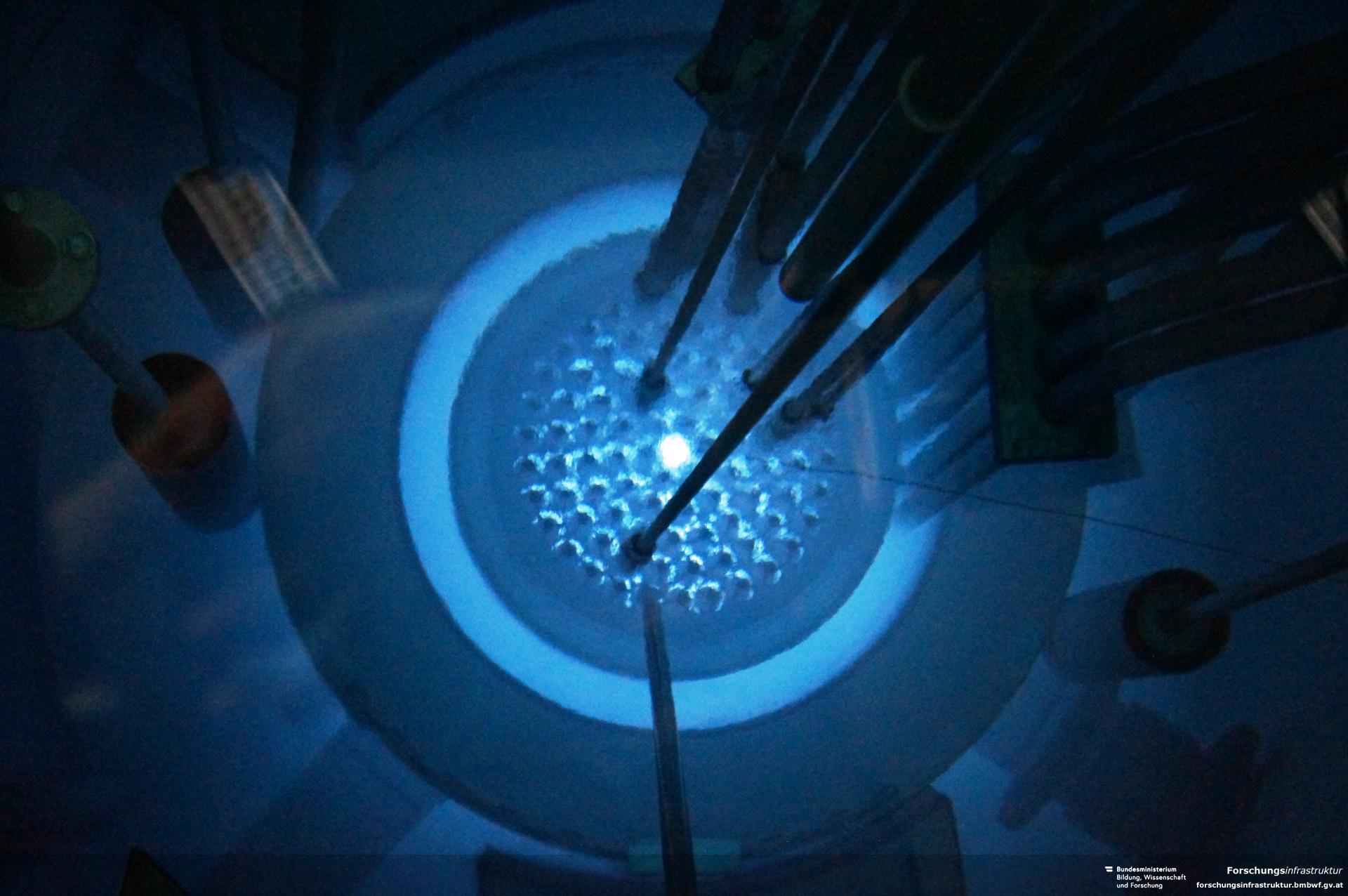WB1-5-INV
The role of small and large defects in enhancing and degrading the critical currents of coated conductors for fusion magnets.
Nov. 29 12:00-12:25
*Raphael Unterrainer1, Alexander Bodenseher1, David X. Fischer2, Alexis Devitre2, Dennis Whyte2, Michael Eisterer1
Atominstitut TU Wien, Stadionallee 2, 1020 Vienna, Austria1
Massachusetts Institute of Technology, Cambridge, MA 02139, United States of America2
Instable energy markets, global warming and the ever-increasing energy demand lead to a dire need for a new, clean and baseload capable energy source. Though fusion is still a long way to go, it may fill this gap in the foreseeable future, especially if the recent and more compact design proposals prove their feasibility. Two consequences arise from these smaller reactor designs: the necessity to use high temperature superconductors to reach the fields necessary for the containment of the fusion plasma and the increased expected fast neutron flux at the magnets. The latter leads to an accelerated degradation of the critical current and, thus, to a shortening of the expected lifetime of the magnet. Consequently, a better understanding of the influence of radiation induced defects on REBCO high temperature superconductors is mandatory for mitigating degradation processes and increasing the lifetime of future fusion magnets.
In our studies, we irradiated coated conductors with fast neutrons (> 0.1 MeV) and 1.2 MeV protons, to introduce defects into the superconducting layer. The effects of these defects on the superconducting properties were extensively studied with SQUID magnetometry and transport current measurements in order to determine the radiation robustness of coated conductors in fusion applications. However, irradiating samples in fission reactors and with proton beams leads to a broad spectrum of introduced defect sizes. In order to distinguish the influence of small and large defects, (Y,Gd)BCO samples were irradiated with different particles and energies.
Gadolinium has a large absorption cross section for thermal neutrons which was exploited to introduce large densities of point-like defects, also called Frenkel Pairs. Irradiating GdBCO based coated conductors with the full neutron spectrum (including thermal neutrons) degrades their transition temperature about 7 times faster than the high energy neutrons alone. The small defects contribute very little to the pinning related increase of the critical current and allow to distinct the influence of large and small defects on the superconducting properties. Furthermore, comparing the behavior of samples that were irradiated with these different irradiation techniques, we aim at a prediction of how quickly a magnet degrades and how this may be mitigated . Moreover, annealing at elevated temperatures seems promising for increasing the lifetime of a future fusion magnet by a factor of up to 2.
Caption: Triga Mark II Fission Reactor
Keywords: Neutron irradiation, Proton irradiation, REBCO, annealing
